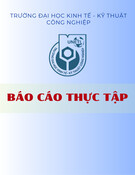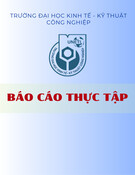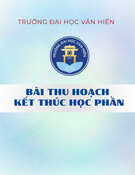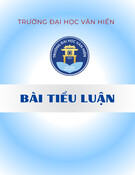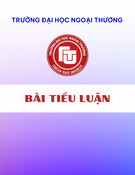
BỘ GIÁO DỤC VÀ ĐÀO TẠO NGÂN HÀNG NHÀ NƯỚC VIỆT NAM
TRƯỜNG ĐẠI HỌC NGÂN HÀNG TP. HỒ CHÍ MINH
KHÓA LUẬN
TỐT NGHIỆP ĐẠI HỌC
YẾU TỐ ẢNH HƯỞNG ĐẾN KHẢ NĂNG SINH LỜI CỦA
CÁC NGÂN HÀNG THƯƠNG MẠI VIỆT NAM
NGÀNH: TÀI CHÍNH- NGÂN HÀNG
MÃ SỐ: 7340201
CAO NGUYỄN NGỌC GIÀU
TP. HỒ CHÍ MINH, NĂM 2024

BỘ GIÁO DỤC VÀ ĐÀO TẠO NGÂN HÀNG NHÀ NƯỚC VIỆT NAM
TRƯỜNG ĐẠI HỌC NGÂN HÀNG TP. HCM
KHÓA LUẬN
TỐT NGHIỆP ĐẠI HỌC
YẾU TỐ ẢNH HƯỞNG ĐẾN KHẢ NĂNG SINH LỜI CỦA
CÁC NGÂN HÀNG THƯƠNG MẠI VIỆT NAM
NGÀNH: TÀI CHÍNH- NGÂN HÀNG
MÃ SỐ: 7340201
Họ và tên sinh viên: CAO NGUYỄN NGỌC GIÀU
Mã số sinh viên: 050608200045
Lớp sinh hoạt: HQ8-GE07
NGƯỜI HƯỚNG DẪN KHOA HỌC
TS. NGÔ VĂN TUẤN
TP. HỒ CHÍ MINH, NĂM 2024

i
ABSTRACT
The banking industry is the most important component of the financial
system. The development of the banking system contributes to stability and
sustainable economic growth. While banks determine policies to maximize profits,
they must also strive to create liquidity and safety reserves to minimize risk.
Therefore, identifying factors that affect bank profitability is an important issue to
identify applied policies.
This study investigates the impact of bank-specific factors and
macroeconomic factors on the profitability of 20 commercial banks in Vietnam
through data obtained from published financial statements. audit and macro
information from the World Bank published in the period from 2013 to 2022.
Research on selecting the rate of return on average assets (ROA), the rate of return
on average equity troops (ROE). Regression models used by the author include:
Least squares method (OLS), fixed effects model (FEM), random effects model
(REM). Next, the author uses different tests such as F-test and Hausman to select
the most suitable model and check for defects encountered in the model. After
identifying the defects in the model, the author uses feasible generalized least
squares (FGLS) to overcome the phenomenon of heteroskedasticity and
autocorrelation of the model. The results are as follows: For the ROA model, out of
11 factors, there are 5 factors that affect profits in banks in the same direction
(equity size, bank size, outstanding loans). , non-interest income and annual
economic growth rate) and there are two factors that have a negative impact on
banks: customer deposits and operating costs, the remaining regression coefficient
of factors such as Liquidity, credit risk provisions, inflation, and the level of
competition in the banking industry do not have a specific impact on the return on
assets (ROA). For the ROE model, out of 11 factors, there are 4 factors that impact
ROE in the same direction: (liquidity, loan ratio, non-interest income, annual
economic growth) and 3 factors. The opposite impact is the size of equity capital,
deposit ratio and operating costs. Factors such as bank size, credit risk provisions,

ii
level of competition in the banking industry and inflation do not have a specific
impact on ROE. Finally, the author also offers some policy implications to
contribute to improving bank profit optimization as well as providing limitations in
this thesis for further research to be more complete.
Key word
Profitability, Vietnamese commercial banks, influencing factors.

iii
DECLARATION
My name is Cao Nguyen Ngoc Giau, student code: 050608200045, a
student of class HQ8-GE07, Faculty of Finance at Banking University of Ho
Chi Minh City.
I hereby declare that my graduation thesis "Factors Affecting the
Profitability of Commercial Banks in Vietnam" is the author's own research
and the research results are truthful. , which does not contain previously
published content or content made by others except for fully cited citations in
the thesis. The data for analysis was collected by me and comes from official
and reliable sources.
I guarantee and take responsibility for the content I have presented in
this thesis.
Author
Cao Nguyễn Ngọc Giàu

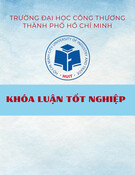
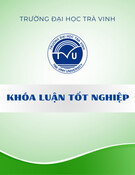
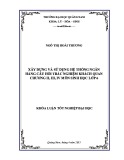
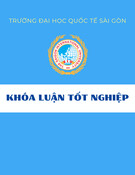
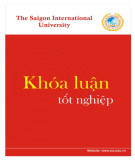

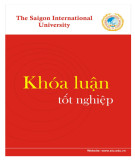
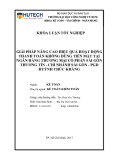
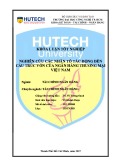




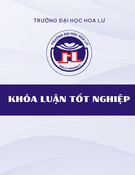
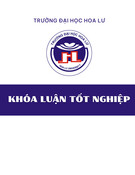
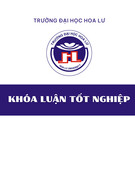
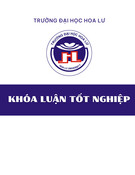
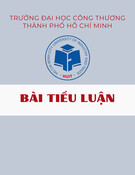
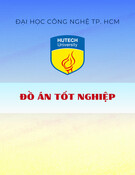
![Thẩm định dự án đầu tư Ngân hàng BIDV: Bài tiểu luận [chuẩn nhất]](https://cdn.tailieu.vn/images/document/thumbnail/2025/20251018/kimphuong1001/135x160/7231760775689.jpg)
